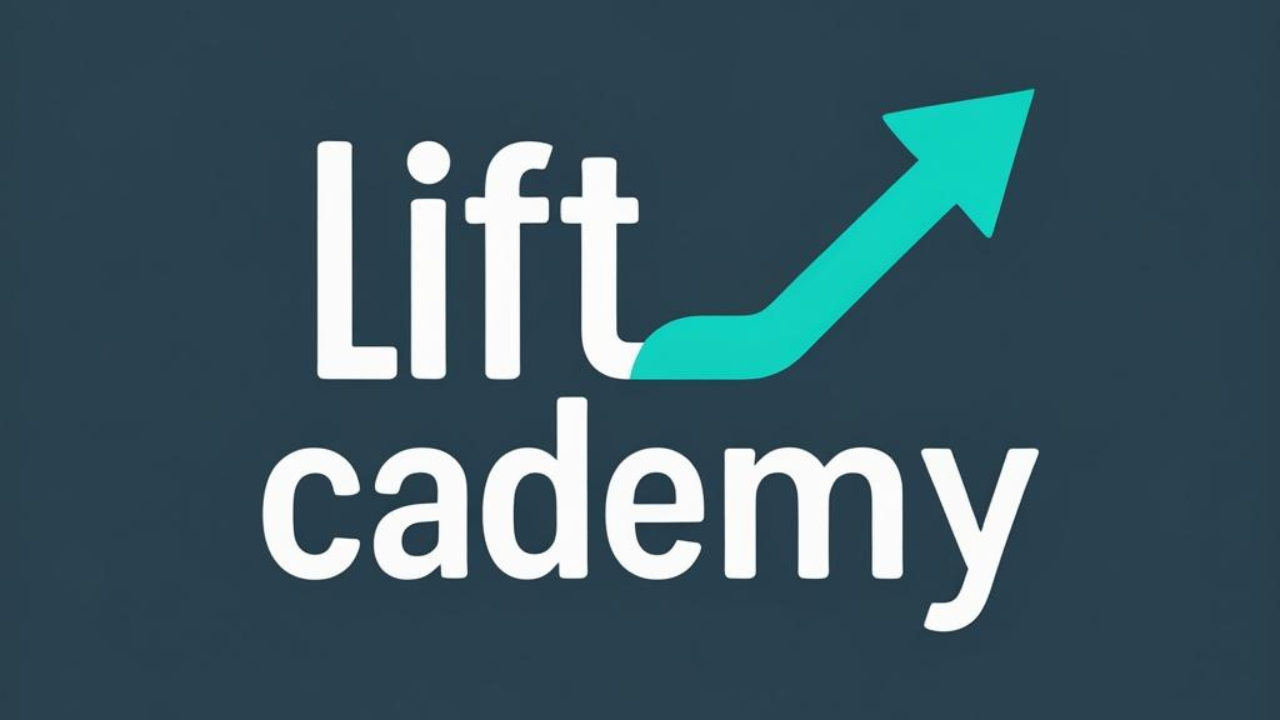Hi doctor,
In this advanced module, we’re going to explore the off-label but increasingly popular use of botulinum toxin in larger muscles — including the masseters, trapezius (shoulders), gastrocnemius (calves), and other aesthetic or functional indications.
These treatments require deeper anatomical understanding, higher doses, and precise technique — but they also open the door to powerful results in facial shaping and body contouring.
Let’s walk through how I approach each of these areas, what I consider in patient selection, and how I inject for both aesthetic and therapeutic results.
💪 Why Inject Large Muscles with Botox?
While Botox is most commonly associated with facial wrinkles, it also works beautifully to:
- Slim bulky muscles for contouring
- Reduce muscle tension or hypertrophy
- Improve posture or silhouette
- Alleviate pain from overuse or clenching
- Offer aesthetic shaping in jaw, neck, or legs
The principle is the same:
Botox blocks acetylcholine, causing temporary relaxation of the targeted muscle.
But in large muscle groups, this effect is not just for wrinkles — it’s for reshaping form and function.
🎯 Botox for Masseter Reduction (Jaw Slimming)
This is one of the most requested treatments in Asia, and now globally.
Why do we inject here?
- Patients with masseter hypertrophy may have a square, bulky jaw
- Many also suffer from bruxism or jaw tension
- Botox relaxes the muscle over time → leading to slimmer jawline and functional relief
My approach:
- Palpate the masseter during clenching to find the thickest point
- Inject deep intramuscularly in 3–5 points per side
- Use 25–30 units per side (depending on gender and strength)
- Educate the patient that slimming occurs gradually over 4–6 weeks
I always assess bite strength and make sure they understand chewing fatigue may occur temporarily.
🧍 Botox for Shoulder Contouring (Trapezius Slimming)
This treatment is gaining popularity for aesthetic neck elongation and relief of upper shoulder tension.
Who wants this?
- Patients with visibly bulky traps that give a short-neck look
- Office workers with postural tension or neck pain
- Brides or models wanting a more elegant clavicle line
How I treat:
- Locate the trapezius belly — from neck base to acromion
- Inject along the muscle in 5–7 sites per side
- Use 30–50 units per side, depending on muscle mass
- Advise the patient that the contouring effect takes 4–6 weeks
I also warn them of possible shoulder fatigue, especially during workouts, for a few days.
🦵 Botox for Calf Slimming (Gastrocnemius)
Popular especially in Asian countries, this treatment targets bulky calves for a leaner leg profile.
Why patients request this:
- Calf hypertrophy from exercise, genetics, or posture
- Desire for a slimmer silhouette in skirts, dresses, or heels
- Prefer slimming without surgery or liposuction
My method:
- Have the patient stand on toes to activate gastrocnemius
- Mark medial and lateral heads
- Inject into 2–3 points per head, bilaterally
- Typical dose: 50–100 units per calf (adjust by size and strength)
Results appear in 4–6 weeks and can last longer than facial Botox — often 5–6 months.
I educate them clearly that the goal is contouring, not muscle paralysis, and results are gradual.
⚠️ Other Functional/Aesthetic Muscles You Might Treat
Here are a few additional areas where I’ve used Botox for both aesthetic and therapeutic benefits:
- Levator labii superioris alaeque nasi (nasal flaring, gummy smile)
- Sternocleidomastoid (neck contouring or torticollis)
- Temporalis (jaw clenching alongside masseters)
- Scalene muscles (for shoulder-neck tension or symmetry)
- Extensor digitorum (for hyperhidrosis or muscle imbalance)
Each of these has a specific method — and in my full training, I walk through the indication, mapping, and injection strategy step-by-step.
🧬 Dosing Principles and Safety
When injecting large muscles, remember:
- Units are higher, but spread risk must be managed
- Inject deeply into the muscle belly, not superficially
- Rotate injection sites to avoid muscle atrophy clumping
- Always assess baseline function and warn about weakness risks
I also recommend re-treating no sooner than 12 weeks, and spacing appointments at least 4–6 months apart to avoid resistance or long-term atrophy.
🛑 Key Mistakes to Avoid
Here are some pitfalls to watch for:
- Over-dosing and causing functional limitation (e.g. difficulty chewing or lifting arms)
- Injecting too superficially in large muscles → ineffective result
- Not mapping anatomy properly, especially in calves and traps
- Treating too soon after previous session → resistance risk
- Ignoring patient activity level (e.g. athletes may require adjusted dosing and counseling)
Botox is safe — but it’s still a medical neuromodulator that needs precision and planning, especially when used outside traditional facial zones.
👨⚕️ Final Thoughts
Botox is more than a wrinkle relaxer — it’s a powerful tool for reshaping muscle tension, contouring body lines, and even improving posture or function.
These advanced areas — the masseters, trapezius, calves — require thoughtful planning, clinical experience, and anatomical respect. But when done correctly, they create results your patients will love and tell others about.
The future of Botox isn’t just face — it’s full-body understanding of form and function.
🎓 Want to Learn How I Inject Each of These Muscles?
Inside the full video course, you’ll get:
- Real case demonstrations for masseters, shoulders, calves
- Muscle-mapping technique and palpation strategies
- Dosage planning and depth-specific technique
- Injection safety, complications, and re-treatment timing
- How to combine functional and aesthetic goals in one plan
All online — no hands-on training required.
👉 Click here to access the advanced training:
🔗 Enroll in the Botox for Body & Functional Muscles Course (Insert your Kajabi course link)
Let’s expand your aesthetic skillset — with precision, confidence, and results your patients will feel and see.
